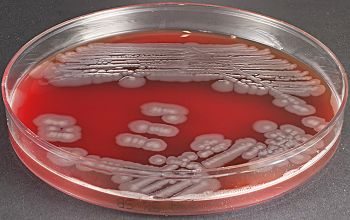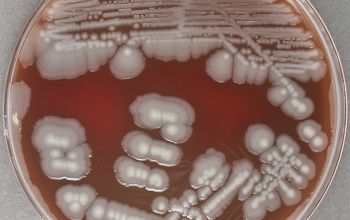Vibrio alginolyticus
-
General information
All Vibrionaceae require Na• for growth
Taxonomy
Family: Vibrionaceae
Natural habitats
V. alginolyticus is very common in the marine ecosystem.
Clinical significance
It is most frequently isolated from ear and wound infections following seawater exposure.
V. alginolyticus has also been isolated from ocular infections.
It is occasionally isolated from diarrheal stool, but there is no evidence that it actually causes diarrhea.
-
Gram stain
Gram negative rod,
0.5-0.8 x 1.4-2.6 µm
straight, curved, or comma shaped rods,
-
Culture characteristics
-
Facultative anaerobic
BA: colonies may produce a tan or buff pigment.
It is common for pure cultures of vibrios to produce multiple colony morphologies (as many as 5), best seen on blood agar.
Variations in morphology include smooth, rough, convex, flat spreading, and compact in various combinations.
McConkey: growth, non lactose fermenter
TCBS: yellow colonies
(Yellow colonies may convert to green if plates are examined after more than 24 hours or are refrigerated after incubation.)
BBAØ: growth
motility: can swarm on solid media by production of numerous lateral flagella
-
-
Characteristics
-
References
James Versalovic et al.(2011) Manual of Clinical Microbiology 10th Edition
Karen C. Carrol et al (2019) Manual of Clinical Microbiology, 12th Edition

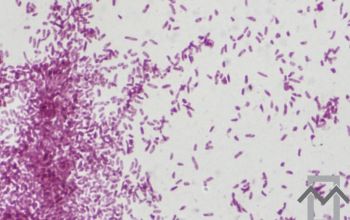
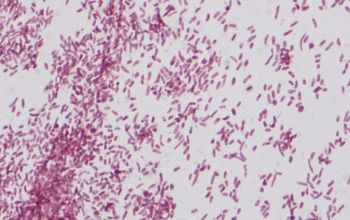
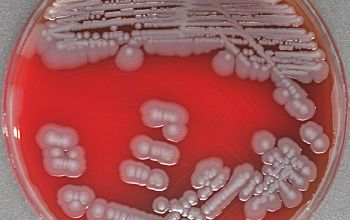
-350x220.jpg)
